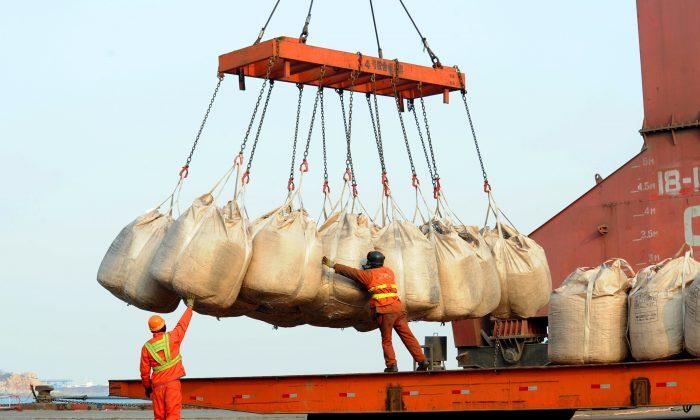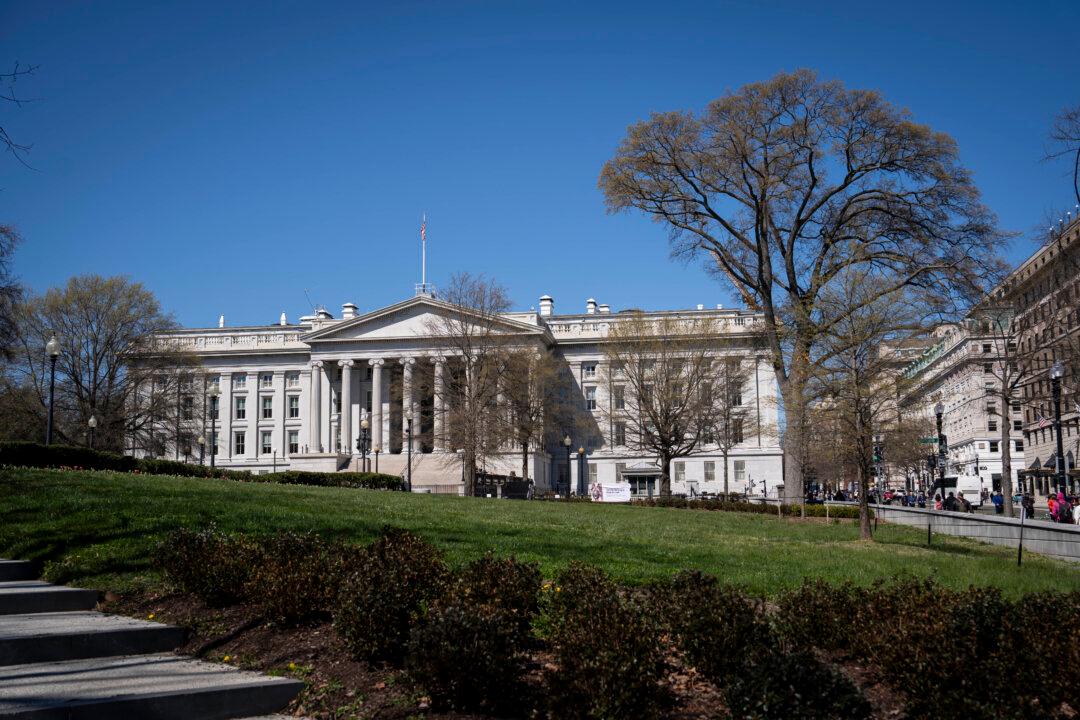The major developed economies have allowed China to get away with its protectionism and interventionism measures because it was the engine of growth of the world economy.
Many talk about trade war as if it were something new and unexpected, but it’s not. The world has been in a trade war for years. The United States has denounced trade barriers imposed by China, the European Union, and other countries for many years, and the World Trade Organization did little about it. The 2017 National Trade Estimate Report on Foreign Trade Barriers filled more than 70 pages outlining direct barriers imposed on the export of U.S. goods and services.
The United States has also imposed trade barriers in the past, from the 2002–2003 tariffs of the George W. Bush administration to the highest rise in protectionist measures between 2009 and 2016. The Obama administration imposed more protectionist measures than any other G-20 government in that period.
China Dependence
China needs the U.S. surplus more than the United States needs China’s trade and finances. And that is why the trade war will not happen—because China has already lost.This is a duel at dawn in which it is most likely that no one will shoot—because the pistols are loaded with debt, not with gunpowder.
A real trade war, much beyond the scope of what already happened in the last two decades, will not happen for various reasons.
China badly needs the surplus with the United States to keep its extremely indebted growth model, way more than the United States needs China’s purchases of debt of goods.
China added more debt in the first quarter of 2018 than the United States, Japan, and the EU combined, surpassing 300 percent of GDP. If it does not grow exports to its main customer, the United States, its problem of overcapacity and debt will soar and the economy crumble.
No Nuclear Option
China’s currency is not backed by either global use nor gold—not at all. It is as unsupported as any fiat currency, like the U.S. dollar, but much less traded and used as a store of value. China’s gold reserves are an insignificant fraction of its money supply.Its biggest weakness comes from capital controls and massive interventions in the currency markets. However, even with capital controls, capital flight has continued to the tune of $51 billion in outflows in the first quarter of 2018, according to investment bank Natixis.
Also, contrary to popular opinion, China does not have a nuclear option on the U.S. debt. For once, it is not the main owner of U.S. bonds, not even close; China has less than 8.6 percent of U.S. bonds outstanding.
The United States can guarantee the demand for its debt issues even if China sells. In addition, if China sells its Treasury holdings from where they reside on the balance sheet of its central bank, its own currency would massively appreciate.
And the domestic risks, like lower exports and lower growth, outweigh the benefits of making good on an empty threat. Even if it sold everything, the demand for U.S. bonds has increased during the trade-war talks, and whenever China has reduced Treasury holdings, Treasury yields have fallen.
The Federal Reserve and the main U.S. Fixed Income funds could buy the bonds in a very short period of time, a week at most. Whether the central bank of the United States or the central bank of China owns the Treasury bonds doesn’t make a difference to the broader U.S. money supply.
On the other hand, China cannot maintain its growth—based on a huge debt bubble—if its exports fall. And its trade surplus with the United States has been growing while its trade surplus with the rest of the world has been shrinking, especially with the new competition from Asia.
A drop in the growth of China’s exports would mean an additional drain on foreign currency reserves. These reserves have been recovering a bit recently, but have fallen 21 percent since the 2014 highs.
A collapse in the reserves of foreign currency would accentuate the capital flight that is already taking place, which would lead to increasing the already disastrous capital controls in China, and with it, three effects: lower growth, higher debt, and the risk of a very important devaluation of the yuan.
Lose-Lose
Of course, there are important negatives for the United States, but not as dramatic.The United States exports very little (exports make up 12 percent of GDP), so any threat that leads to a positive agreement is an exponential improvement, but there is risk either way.
If Trump’s threats do not lead to a negotiated solution, the United States loses, too. First, in its admirable path to energy independence; second, in consumption; and third, in the labor market.
A commercial war on technological products, steel, and aluminum can generate a relevant added cost to oil exploration and the development of renewables and technological products. This implies more expensive products, less consumption, and less employment. The 2002 Bush Jr. tariffs destroyed almost 167,000 jobs.
The U.S. twin deficit is also a challenge. Demand for U.S. dollars and dollar-denominated assets is high, but financing can lead to other challenges in the economy, especially credit growth to the productive sectors and risks of a recession. With a $21 trillion government debt and corporate leverage at multiyear highs, the risks are not to be dismissed.
In general, however, the threat of trade war is not inflationary. The price of metals, steel, and aluminum have fallen since the tariff announcements. So far, the industry is not affected by higher costs, but these are early stages.
Need to Agree
In conclusion, China’s fragile debt-based growth model means it has already lost any possible trade war. So it cannot enter into one with empty threats. But we cannot ignore that it can also offset the estimated positive effect of the tax cuts in the United States, and lead to a recession that would hurt the average citizen. The U.S administration knows that its pillars of support are taxpayers and job creators. And none of them would win in a trade war.Both sides would benefit from an agreement, and China cannot ignore the need to rapidly catch up on transparency, property, and intellectual rights. That is why a full-blown trade war is unlikely, despite the rhetoric.






Friends Read Free